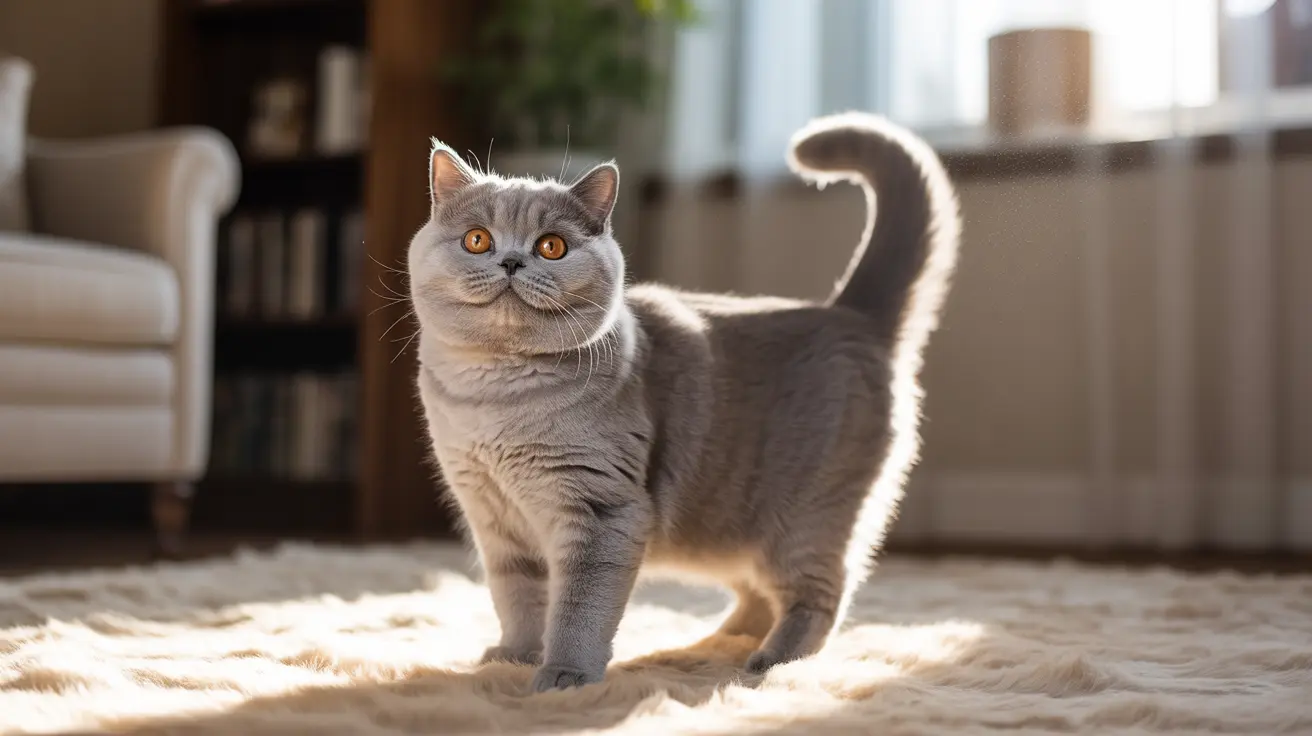Ever wondered how cats say "come here" or try to get your attention? While our feline friends don't speak human language, they have developed sophisticated ways to communicate their desires, including when they want us to approach or follow them. Understanding these subtle signals can significantly improve our relationships with our cats and help us respond more effectively to their needs.
In this comprehensive guide, we'll explore the fascinating ways cats communicate their version of "come here," from specific vocalizations to body language cues that indicate they want interaction or attention.
The Basics of Cat Communication Signals
Cats use four main channels of communication: vocal, visual, tactile, and olfactory. When it comes to saying "come here," they typically combine several of these methods to get their message across effectively.
Vocal Signals: The Sound of Invitation
Cats have developed specific vocalizations that often indicate they want you to come closer or follow them:
- Trills or chirps (a rolling "rrr" sound)
- Short, friendly meows
- Chirrup or "brrp" sounds
- Repetitive calling sounds
Body Language: Visual Invitations
A cat's body language can be very telling when they want you to approach:
- Tail held high with a slight curve at the tip
- Looking back while walking away
- Slow blinking while making eye contact
- Relaxed ears pointing forward
Understanding Your Cat's "Come Here" Signals
When cats want you to come to them or follow along, they often use a combination of signals. The most common include:
- Walking a few steps, then looking back expectantly
- Trilling while moving away from you
- Rubbing against objects while maintaining eye contact
- Making "activation sounds" when you enter a room
Teaching Your Cat to Come When Called
While cats naturally have their own way of saying "come here," you can also teach them to respond to your calls:
- Use consistent sound cues or words
- Reward with treats or praise
- Practice during feeding times
- Keep training sessions short and positive
Why Cats Use Different Communication Methods
Different cats may prefer different methods of communication based on their personality, upbringing, and relationship with their humans. Some cats are naturally more vocal, while others rely more heavily on body language.
Frequently Asked Questions
How do cats signal "come here" using sounds or body language?
Cats typically combine vocalizations like trills or chirps with body language such as walking ahead and looking back, holding their tail high, or using slow blinks to invite interaction.
What specific cat vocalizations mean they want me to come or pay attention?
The most common attention-seeking vocalizations include trills, chirps, short friendly meows, and "activation sounds" when they see you. These sounds are often accompanied by friendly body language.
How can I tell if my cat is inviting me to interact or follow them?
Look for a combination of signals: walking away while looking back, trilling or chirping, maintaining eye contact, and displaying a raised tail with a slight curve at the tip.
What are effective ways to call a cat to come to me?
Use consistent sounds or words, offer positive reinforcement with treats or praise, and make yourself appealing by crouching down and using a friendly tone. Some cats respond well to clicking sounds or "pspsps" calls.
Why do cats use trills or chirr sounds when trying to get my attention?
Trills and chirrs are friendly, non-threatening vocalizations that mother cats use to call their kittens. Adult cats adapt these sounds to communicate with humans as a way to request attention or interaction.
Understanding how cats say "come here" requires patience and observation. By learning to recognize and respond to these communication signals, you can build a stronger bond with your feline companion and create more meaningful interactions.






